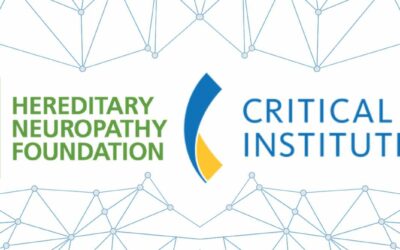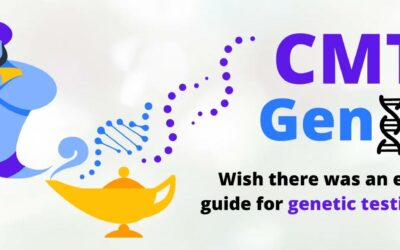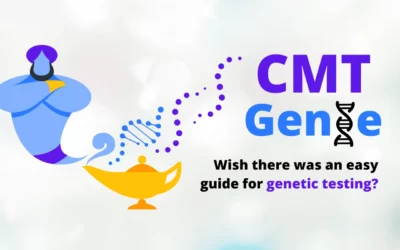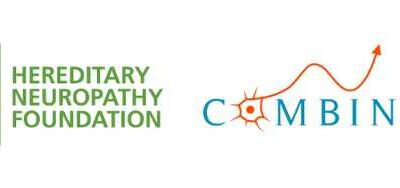Data regarding medical cannabis use for pain relief in CMT from HNF’s CMT Patient Registry, GRIN, was analyzed and published by a team led by Brian J. Piper, PhD and Gregory T. Carter, MD. The results revealed the vast majority of those surveyed experienced significant relief, providing evidence that controlled trials are needed to evaluate this pain treatment in CMT further.
Chronic pain is a major problem for patients with CMT disease. This exploratory study examined patient reported efficacy of medical cannabis for pain management in this population. Participants were recruited through the Hereditary Neuropathy Foundation and the Global Registry for Inherited Neuropathies (GRIN). The online survey contained 52 multiple choice questions about demographics, medical cannabis use, symptoms, efficacy, and adverse effects. Nearly all (90.9%) of respondents reported experiencing pain, including all (100%) females and 72.7% of males with 91.7% of respondents indicating cannabis provided at least 50% pain relief. The most frequent response was an 80% reduction in pain. Moreover, 80% of respondents reported using less opiates, 69% noted using less sleep medication, and 50% reported using less anxiety/antidepressant medications. Negative side effects were noted by 23.5% of respondents. However, almost all of that subgroup did not have plans to stop consuming cannabis. One-third possessed a medical cannabis certificate. Patient perceptions of their physicians’ attitudes regarding patient medical cannabis use greatly impacted whether respondents informed their providers of their usage. The vast majority of patients with CMT reported that cannabis was effective to manage pain symptoms. The data support the need for prospective, randomized, controlled trials using standardized dosing protocols to further delineate and optimize the potential use of cannabis to treat pain related to CMT.
The most frequent response was an 80% reduction in pain.












0 Comments